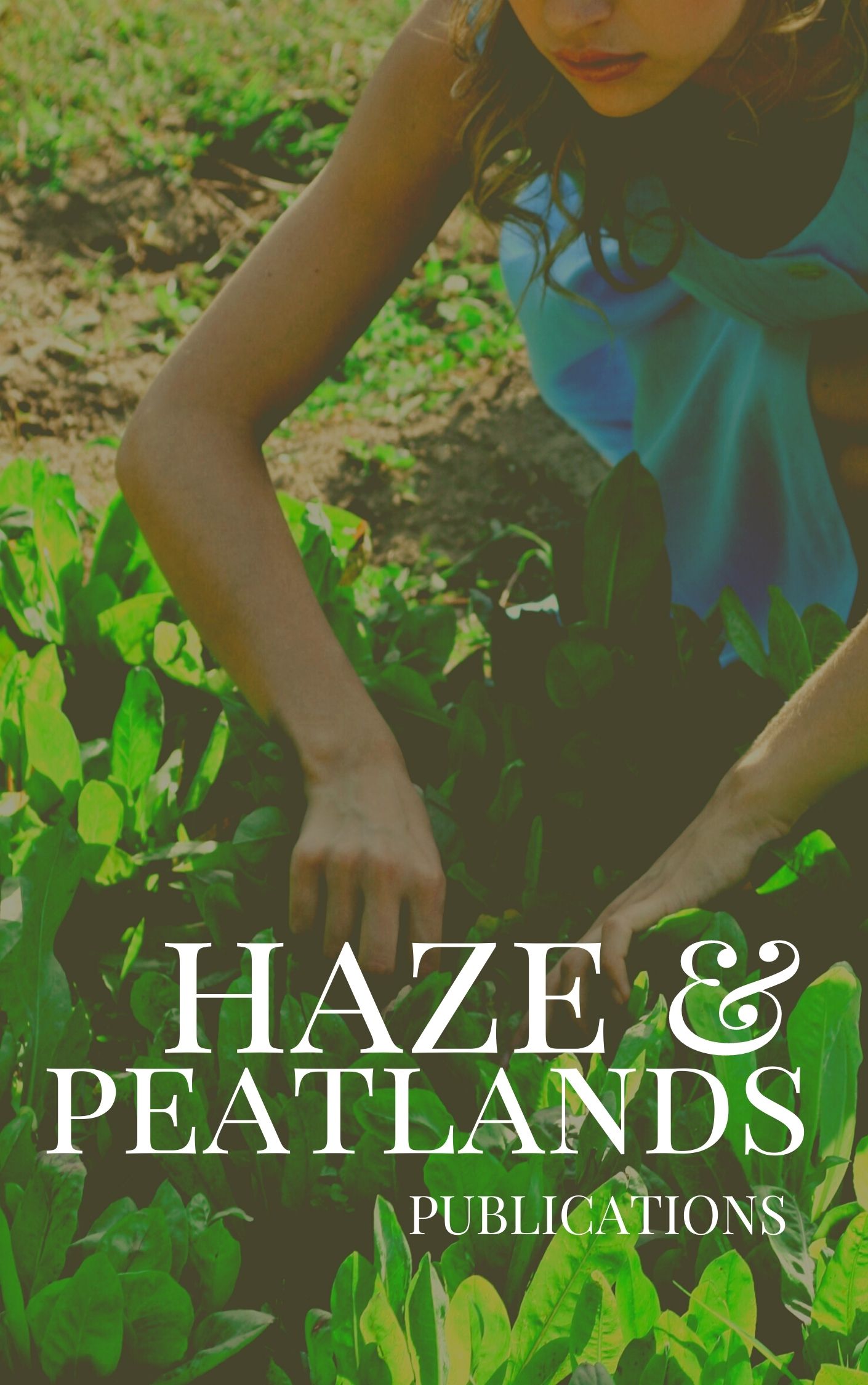The Philippines has a booming sugarcane industry contributing about PHP 70 billion annually to the local economy through raw sugar, molasses and bioethanol production (SRA, 2012). Sugarcane planters adapt different farm practices in cultivating sugarcane, one of which is cane burning to eliminate unwanted plant material and facilitate easier harvest. Information on burned sugarcane extent is significant in yield estimation models to calculate total sugar lost during harvest. Pre-harvest burning can lessen sucrose by 2.7% - 5% of the potential yield (Gomez, et al 2006; Hiranyavasit, 2016). This study employs a method for detecting burn sugarcane area and determining burn severity through Differenced Normalized Burn Ratio (dNBR) using Landsat 8 Images acquired during the late milling season in Tarlac, Philippines. Total burned area was computed per burn severity based on pre-fire and post-fire images. Results show that 75.38% of the total sugarcane fields in Tarlac were burned with post-fire regrowth; 16.61% were recently burned; and only 8.01% were unburned. The monthly dNBR for February to March generated the largest area with low severity burn (1,436 ha) and high severity burn (31.14 ha) due to pre-harvest burning. Post-fire regrowth is highest in April to May when previously burned areas were already replanted with sugarcane. The maximum dNBR of the entire late milling season (February to May) recorded larger extent of areas with high and low post-fire regrowth compared to areas with low, moderate and high burn severity. Normalized Difference Vegetation Index (NDVI) was used to analyse vegetation dynamics between the burn severity classes. Significant positive correlation, rho = 0.99, was observed between dNBR and dNDVI at 5% level (p = 0.004). An accuracy of 89.03% was calculated for the Landsat-derived NBR validated using actual mill data for crop year 2015-2016.
View source

